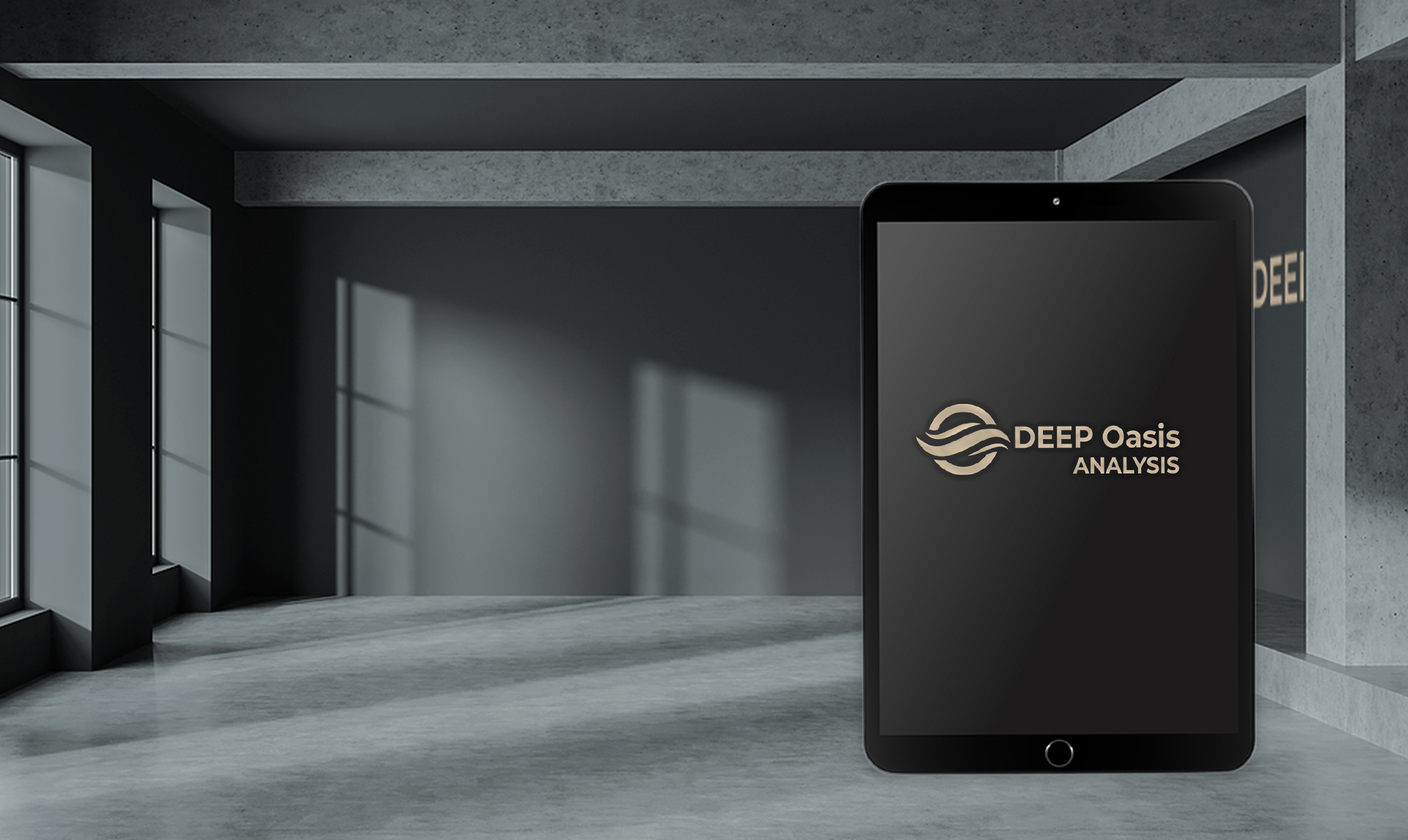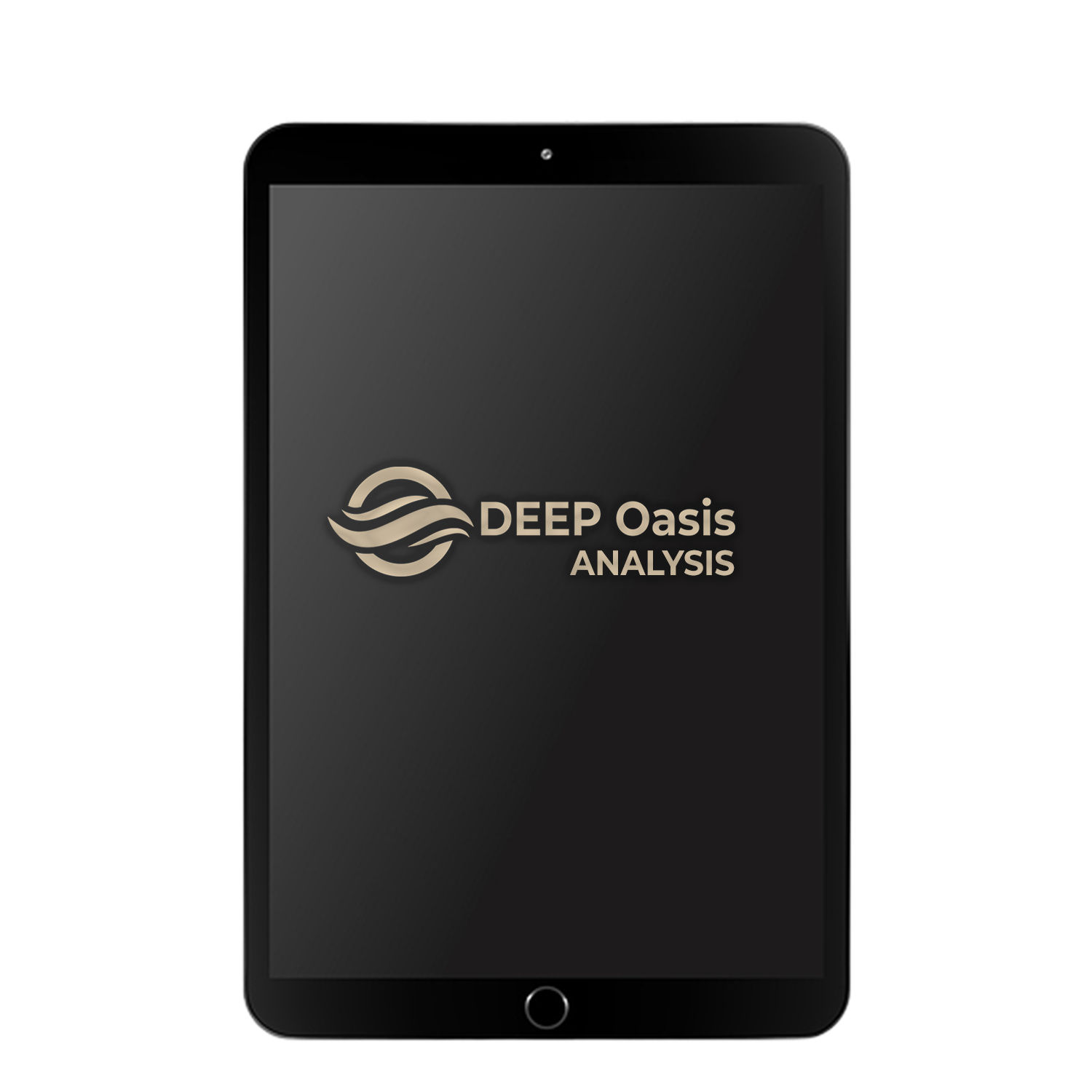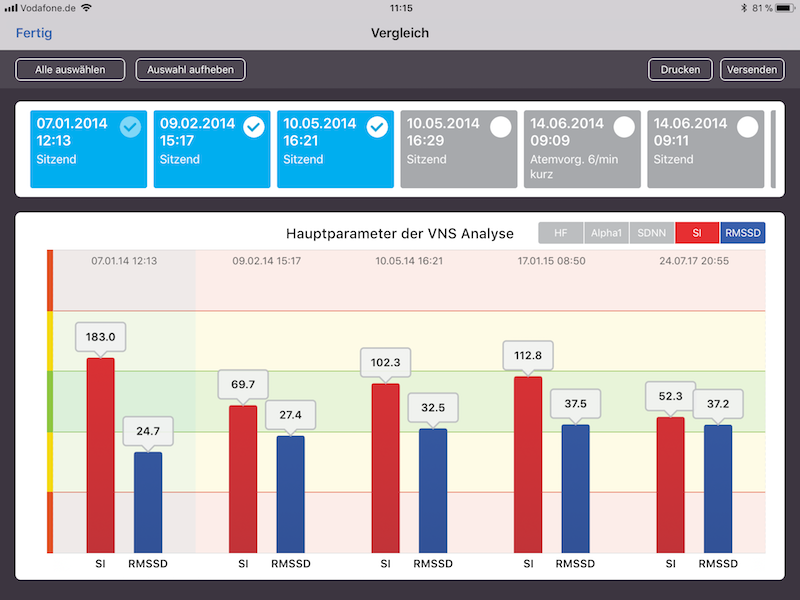
Das vegetative Nervensystem steuert den Herzschlag. Ein regelmäßiger Herzschlag ähnlich einem Uhrwerk ist kein Zeichen von Gesundheit. Was auf den ersten Blick paradox erscheint, erklärt sich durch die Steuerung unseres Herzschlags durch das vegetative Nervensystem (VNS). In einem gesunden Organismus kommt es zu normalen Schwankungen von einem Herzschlag zum nächsten. Hier entsteht eine Variabilität, die man mit Hilfe moderner Computertechnik analysieren und beurteilen kann. Hierdurch können Veränderungen im Körper erkannt werden, viele Jahre bevor es zum Auftreten von Erkrankungen kommt. Chronische Erkrankungen infolge sekundärer Mitochondriopathien, also Erkrankungen infolge reaktiver mitochondrialer Fehlfunktion infolge physiologischer und biochemischer Störungen des Körpers, können sich im ganzen Organismus bemerkbar machen und sind immer häufiger bei Patienten festzustellen.
Weltweit wissenschaftlich anerkannt gibt es keine andere Diagnostik, als die VNS-Analyse, die früher auf die sich anbahnende körperliche Störung hinweist. Dies gilt für das Risiko von Herzerkrankungen und stressinduzierten Störungen wie chronischer Erschöpfung oder Burn-out ebenso wie für Störungen im Darmsystem, bei Tinnitus-Diagnostik, bei Autoimmunerkrankungen, Ursachen infektiöser Krankheiten u.v.m.
Sympathikus und Parasympathikus bilden zusammen mit dem enterischen Nervensystem das vegetative Nervensystem. Dabei ist der Parasympathikus der Gegenspieler des Sympathikus. Das vegetative Nervensystem ist ein Nervenstrang am Rücken entlang des Rückenmarks.
Unter dem Sympathikus versteht man ein System für die unwillkürliche (nicht willentliche) Steuerung der Organaktivität. Dabei übernimmt das sympathische Nervensystem die Regulation in Stresssituationen. Dann erhöht es die Aktivität bestimmter Organe. Daher bezeichnet man das sympathische Nervensystem auch als leistungssteigernd. So verbraucht der Körper zwar mehr Energie, wird aber dafür leistungsfähiger und kann schneller reagieren. Den Erregungszustand des Sympathikus nennt man Sympathikotonus.
Der Parasympathikus – oder auch parasympathisches Nervensystem – übernimmt im Körper die Regulation in der Ruhe- oder Erholungsphase. Dazu steuert der Parasympathikus die Aktivität vieler Organe, ohne dass man das bewusst beeinflussen kann (= unwillkürlich). Dabei ist er zum Beispiel für den Aufbau von Energiereserven verantwortlich. Deshalb ist eine gesunde Ernährung so wichtig. So nutzt das parasympathische Nervensystem die Ruhephase des Schlafs für die Verdauung.

Die in der VNS Analyse integrierte kardiovagale Biofeedback-Funktion kann sowohl diagnostisch als auch therapeutisch genutzt werden. Wenn die Erstmessung eine Regulationsstörung (erhöhter Sympathikus, erniedrigter Parasympathikus) aufweist, sollte direkt im Anschluss eine zweite Messung mit getakteter Atmung durchgeführt werden um die parasympathischen Reserven und den Grad der Regulationsfähigkeit sichtbar zu machen. Die VNS Analyse gibt dem Patienten über ein optisches und/oder ein akustisches Signal die Ein- und Ausatemphase vor.
Als Herzfrequenzvariabilität (HRV) wird dabei die Fähigkeit des Organismus bezeichnet, den zeitlichen Abstand von einem Herzschlag zum anderen Herzschlag situationsabhängig zu verändern. Über autonome, physiologische Regelkreise passt ein gesunder Organismus den zeitlichen Abstand von Herzschlag zu Herzschlag dauerhaft den momentanen Erfordernissen an. Aus der HRV wird dann anhand standardisierter und international festgelegter Messparameter der Regulationszustand des VNS bestimmt.
Die Berechnung und Auswertung der vegetativen Parameter aus der HRV erfolgt vollautomatisch und das Messergebnis ist wie in den unten stehenden Grafiken sofort sichtbar. In der Patientenansicht wird der Ruhepuls (HF, lila), die sympathische Aktivität (SI, rot) und die parasympathische Aktivität (RMSSD, blau) dargestellt. Die Farbe rot symbolisiert Spannung und die Farbe blau symbolisiert Entspannung. Die Ampelfarben im Hintergrund erleichtern dem Therapeuten die Bewertung der Messergebnisse.
Nur mit Eigenverantwortung und Selbstoptimierung durch Unterstützung von Fachärzten der funktionellen Medizin und den zusammen entwickelten Methoden kann man gesund werden und bleiben, bei voller Leistungsfähigkeit, bester Konzentration und körperlicher sowie geistiger Fitness.
Aus diesen Gesichtspunkten heraus ist in 5 Jahren Vorarbeit, in Zusammenarbeit mit Ärzten das DEEP-Oasis® Prinzip entstanden. Hierbei geht es um zielführende Therapien- und Therapieergänzungen, sowie die nachhaltige Regeneration und Unterstützung ganzheitlicher Gesundheit.
